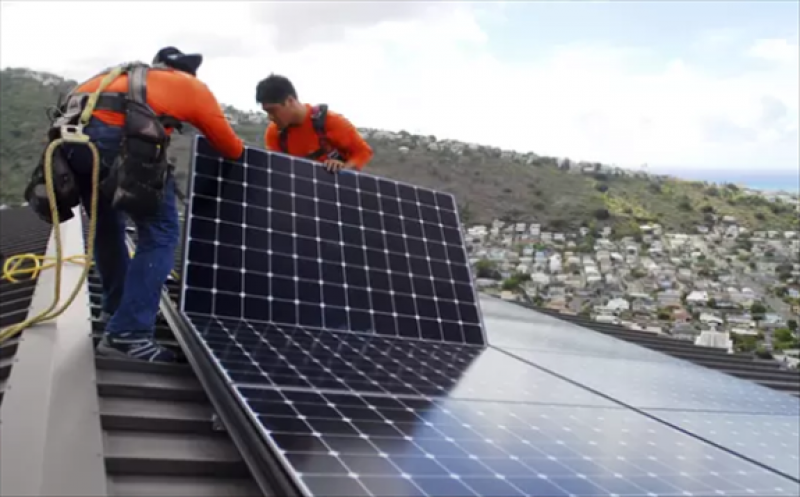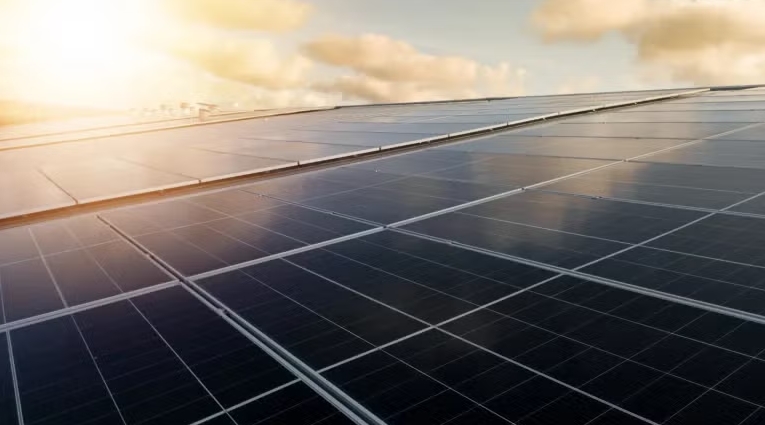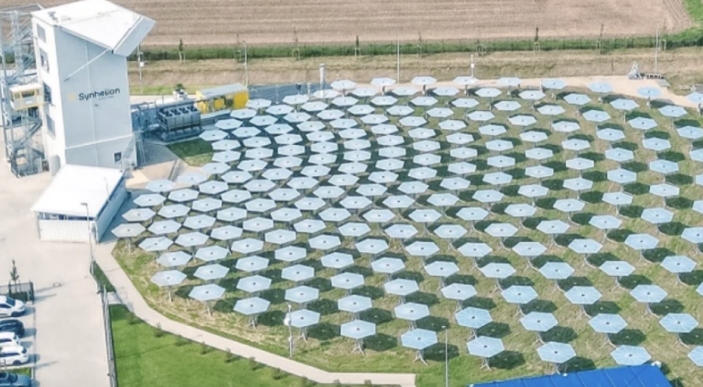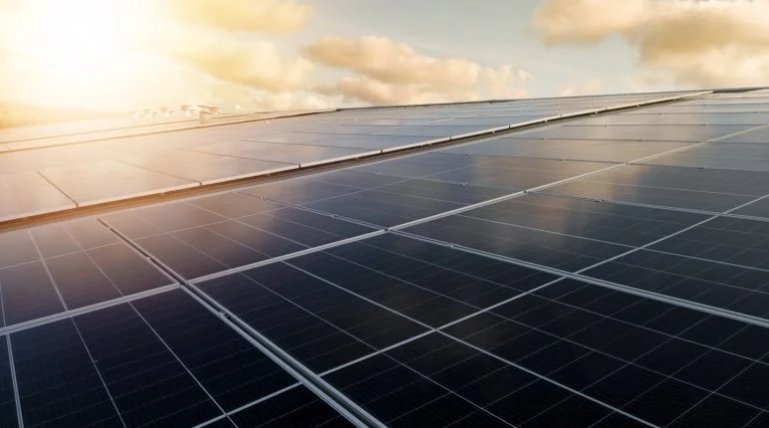 As the long-term transition towards renewable energy continues apace, we see a sunny outlook this year for solar energy companies. Photo: Cathy Bussewitz/AP
As the long-term transition towards renewable energy continues apace, we see a sunny outlook this year for solar energy companies. Photo: Cathy Bussewitz/AP
JOHANNESBURG – The global energy transition is the transformation of the world’s energy supply, away from polluting sources such as coal, oil and gas, and towards renewables. We see this as a $120 trillion investment opportunity over the next 30 years.
The driving forces behind this transformation include political factors, as the world intensifies its efforts to limit temperature rises to less than 2°C (in accordance with the 2015 Paris Agreement). Economic factors are another element, as the cost of producing renewable energy has fallen substantially and is now competitive with other sources of power. The third force is consumer demand as new technologies, such as electric cars, are adopted en masse.
Energy transition activities include not just renewable energy generation but also the supply of equipment such as wind turbines or solar cells. Then there are the grid operators and electrical equipment suppliers who are needed to enhance transmission and distribution networks. And there is huge need for increased energy storage, involving battery manufacturers, fuel cells makers and storage installers, among others.
The energy transition is a potential long-term, structural investment opportunity in all of the areas mentioned above. However, we think 2020 could be an especially interesting year for some of these individual sub-sectors. Of particular interest, in our view, will be solar, wind and energy storage.







